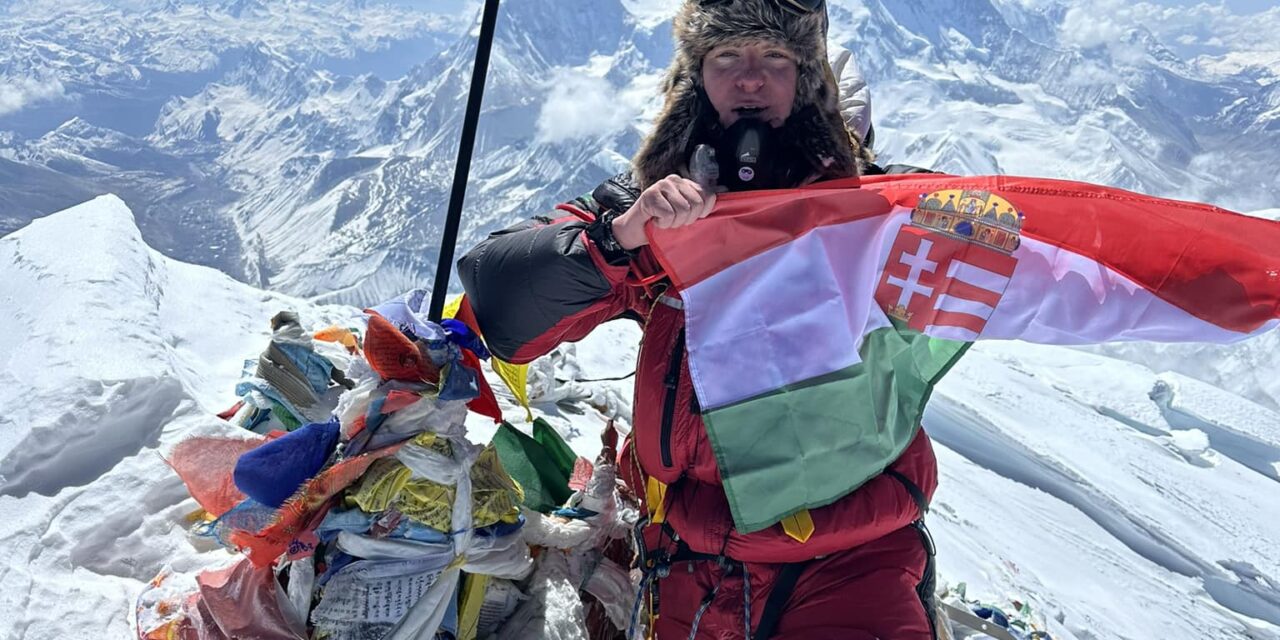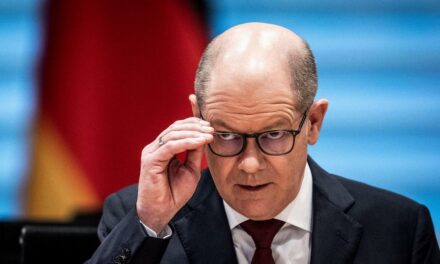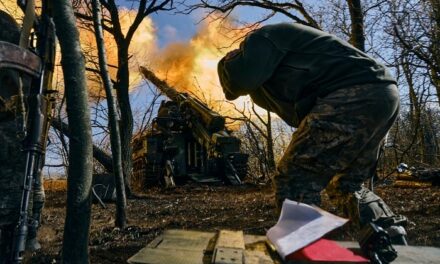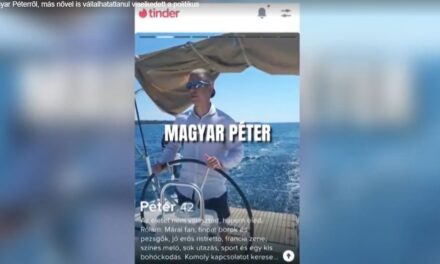Márton Price, who had dreamed of that moment since he was a teenager, became the youngest Hungarian to reach the summit of Mount Everest.
The young climber had been consciously preparing for the challenge for two years, but for a long time it seemed impossible to achieve it.
"And when I was there in the last thirty meters, I realized that I was going to reach the top, and it was an incredible feeling that as an average person, I was able to reach the top of the world after asking for three weeks of leave," Márton Price told Index in a lengthy interview.
The last joint picture of Szilárd Suhajda was taken with him, who set off for the top of the world on May 21 without an oxygen bottle, but lost track of him at an altitude of 7,950 meters. About this meeting, Price said: it was actually a coincidence.
"In other words, you have to imagine that the Sherpas stretch a rope all the way from the base camp (at an altitude of 5,394 meters) to the summit, and most climbers from Nepal follow this classic route. It cannot be avoided, nor does one want to avoid it. This ensures that you don't fall off the mountain, so practically everyone follows the same route. And I knew that Szilárd was going to go on his third rotation, the acclimatization round, and I was already going to climb the summit, so it was likely that we would meet, but we didn't know exactly when. When I got almost to camp four (7906 meters), I saw Szilárd sitting there, which made me very happy. He was in a very fit condition," said Márton Price about his unfortunate climbing companion, who tried to explain what might have happened to Szilárd Suhajda.
"Climbing without oxygen is equivalent to an Olympic gold medal performance. Whereas with an oxygen cylinder, if someone is in very good condition and prepares a lot for it, it is also a special and great achievement, but not an outstanding one. Everything should be fine without oxygen. Two people climbed it this year without a bottle, and since Everest has been climbed, about 200 people have done it. In a hypoxic (oxygen-deficient) state, a person's ability to judge and think slows down, and it is difficult for him to make rational decisions. Szilárd has undertaken something extremely difficult, and even when climbing with an oxygen cylinder, the distances seem very close, but you can only move so slowly that it takes hours to cover even 50 meters. Therefore, it is very difficult to turn back near the top. I was just going up, and it takes a lot of willpower to turn back twenty meters or fifty meters or a hundred meters from the top. Even if you are thinking completely rationally. And in a hypoxic state, the peak looks even more tempting. I think he felt very, very close to the top, he simply thought he could still reach the top and didn't turn back in time."

The last picture with Szilárd Suhajda
Source: Facebook/Márton Peter Price
Many people say that nowadays it is almost only a matter of money for someone to climb Everest. Márton Price does not see it that way.
"Everest is a huge physical challenge. I ran six marathons, climbed lower mountains, used to play soccer in Gödöllő and Újpest. An oxygen cylinder on Everest helps for about 1000-1500 meters, so it's like I climbed a 7800-7300 meter mountain without an oxygen cylinder. Going uphill for 14 hours in minus 30 degrees is incredibly taxing, it is an extreme physical and mental ordeal, not only physically, but also mentally you have to be there".
Last September, the young climber conquered the eighth highest peak, Manaszlu (8,163 meters): he was the first Hungarian to go there.
After realizing his dream, Márton Price plans to go to lower mountains in the Alps or 6,000 meters in the Himalayas and focus more on nature.
"At 8,000 meters there is a lot of suffering and less technical challenges. My 8,000-meter expedition career ended at the top of Mount Everest,” he said.













